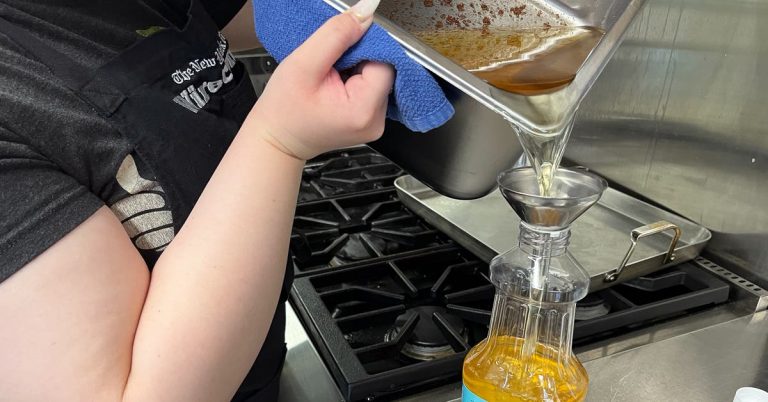The 3 Best Hand Warmers of 2025
Anyone who’s ever wished for just a little more warmth in their winter wanderings can benefit from portable, long-lasting hand warmers.
Broadly speaking, there are two types of hand warmers: battery-powered and chemical (including disposable and reusable options).
Battery-powered hand warmers can be as heavy as a baseball and as thick as a deck of cards. Because of their size, they’re usually not great candidates for tucking in your gloves.
Instead, you keep them in your coat pocket so they’re easy to reach when you feel cold.
They use rechargeable, lithium-ion batteries to create heat, and they turn on and off with the press of a button. Rechargeable hand warmers charge from a USB port on a laptop or wall outlet, and many of them can also work as a backup battery for your phone.
This kind of hand warmer makes the most sense if you are running errands or commuting to the office and need to turn the heat on and off for short bursts during the day. They also work well at outdoor events (like holiday light shows, camping trips, or high school football games) when you need something to keep you warm and, in a pinch, charge your phone.
But rechargeable hand warmers cost more than chemical ones, they can be finicky, and they don’t always work as promised. One model we tested didn’t even break 99 °F. Others ran super hot but then died out too quickly. Most never reached their advertised run times or temperature outputs.
We didn’t see dangerous temperature spikes from any rechargeable device we tested, and an expert we interviewed, Dr. Danielle R. Bajakian, a vascular surgeon at NewYork-Presbyterian Hospital/Columbia, confirmed that they’re all generally safe to use.
On the other hand, chemical hand warmers are cheap (disposable warmers typically cost less than $1 a pair) and easy enough to find at a local pharmacy or major retailer.
Most chemical hand warmers are thin and small enough to slip into a glove. The disposable type contains a main ingredient, such as activated charcoal, iron powder, or sodium chloride, that reacts to force (shaking) or a catalyst (like air or boiling water) to release continuous heat. Once the reaction has been ignited there’s no way to stop it, so you have to let the reaction fizzle out on its own.
The newcomer on the scene is the reusable chemical hand warmer. These are gel pockets filled with sodium acetate, dissolved in water, and a small, thin metal disk. When you bend the disk back and forth, you kick off an exothermic chemical reaction in which tiny bits of metal are released into the gel, making sites for crystals to form and allowing the stored energy of the solution to release, creating heat.






